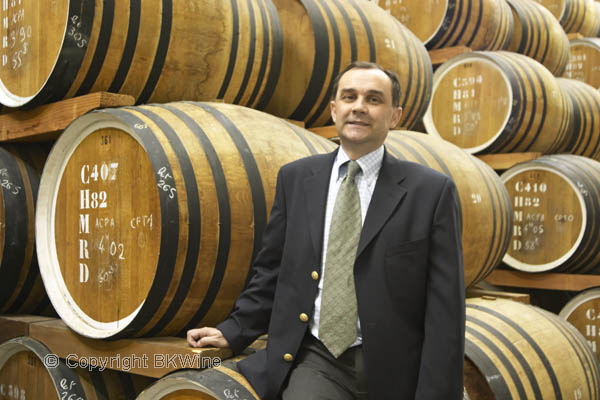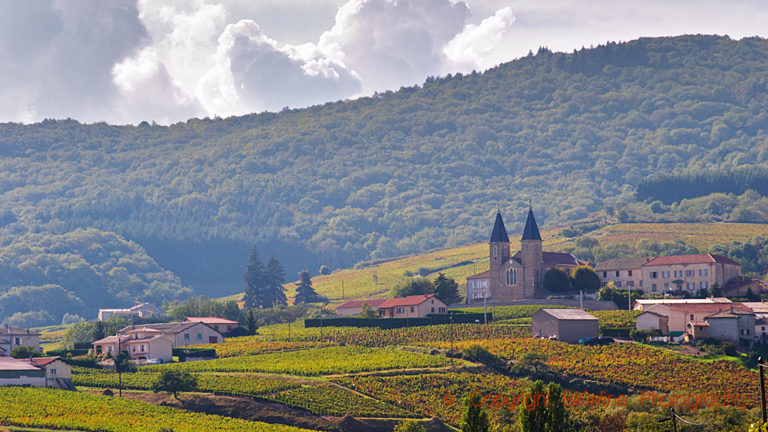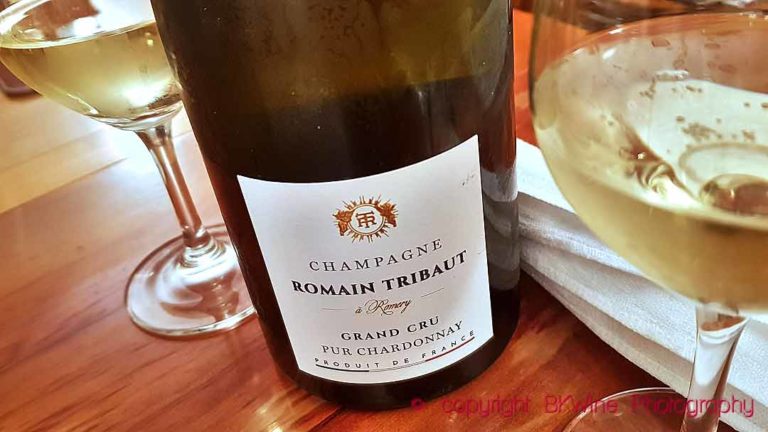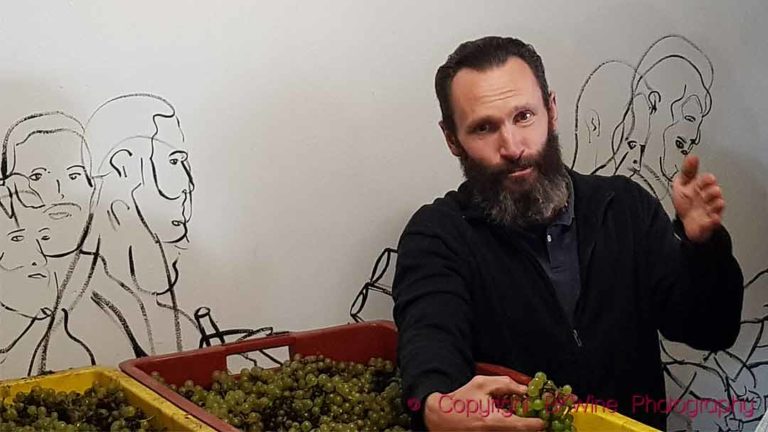A meeting with Vincent Boulard and with his calvados
Calvados can be a deliciously refreshing digestif, or a multi-faceted, complex post-dinner drink. Calvados is a kind of apple spirit, distilled cider, which really deserves to be appreciated more! With a fruit and freshness that few other spirits have. Calvados Boulard is one of the largest producers. Their different calvados are highly regarded in many countries. BKWine’s reporter Roland Eriksson went to meet Vincent Boulard at a calvados tasting.
On short notice I latched on to Philipson Söderberg’s offer to come on a “calvados school” with Vincent Boulard and also to try to shoot some clay pigeons, which I had never done before. The trip went by bus to Varpsund Shooting Ground, we were well over 20, a slightly different bunch than the ones you always meet at wine tastings. It was lifestyle bloggers, chefs, and one of Sweden’s most famous “girlie” photographers!
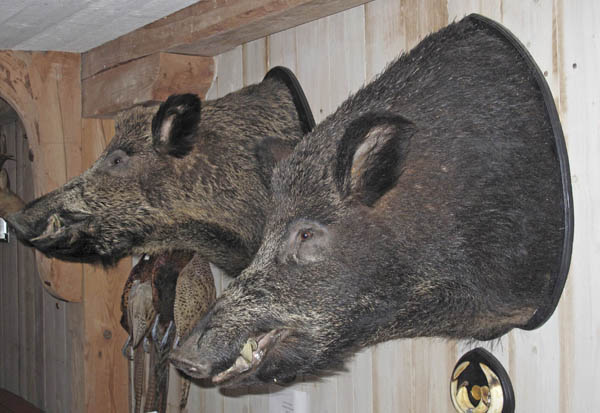
I’ve always been a pretty good shooter so hitting a few clay pigeons should probably not be a big deal. But it was! Seven shots and all misses. Sigh! After the shooting we travelled to Wijs manor with its fantastic pheasant colony with thousands of birds running around everywhere (many of us on the bus wished for having had kept the rifle!), and to continue the afternoon with the calvados school.
Calvados is, to put it somewhat oversimplified, an apple brandy that is made in the French region of Calvados in Normandy. The company Boulard was founded in 1825 by Pierre-Auguste Boulard and was for long owned by the family. Nowadays it is owned by Spirit France.
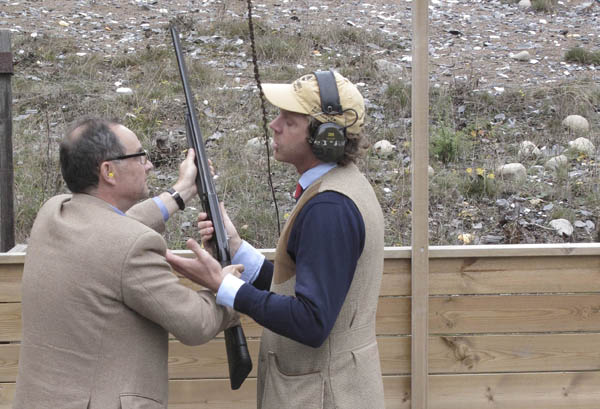
Calvados’ three appellations
Calvados is made up of eleven areas in three different appellations: AOC Calvados, AOC Calvados Domfrontais, which uses about 50 % pears, and AOC Calvados Pays d’Auge. The first two AOCs account for over 70% of production and are distilled in a column still (like vodka). This gives a cleaner and less aromatic spirits while Boulard is in the AOC Calvados Pays d’Auge which only allows apples / pears from the appellation and distillation must take place in the traditional way in an alembic still (pot-still) in the same way as malt and cognac are distilled. It gives a more complex and aromatic spirit.
Each manufacturer has its own recipe on how to make Calvados. In the case of Boulards they have their own plantations of 35 000 trees with 120 different varieties of apples. To make a good cider, which what you have to start with, they use 15% sweet apples, 30% bitter apples, 40% bittersweet apples, 10% that are high in acidity and 5% pears. The fruit is harvested starting early October until mid-December, depending on the variety.
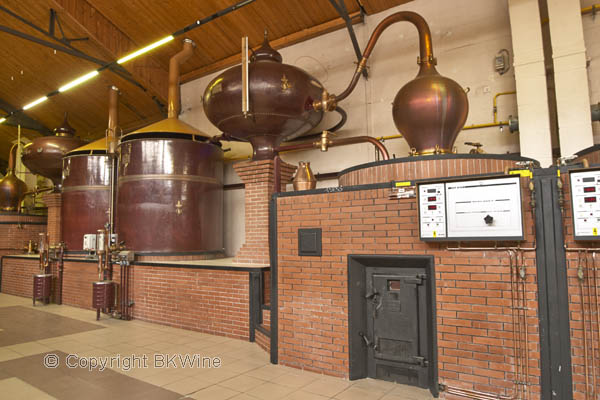
15 kg of apples in a bottle
The fruit is aged for a short time, washed, crushed and pressed into must that is fermented into cider. Only the natural yeast and the natural sugar in the fruit is used. The finished cider is aged some time before it is distilled twice, first to 42% alcohol, and the second time to 70-73%. After that the finished spirit is first aged in new French oak barrels for 2-3 months, to get as much vanilla character as possible, after which it is stored in older barrels of different sizes for 2-50 years!
It takes approximately 15 to 18 kg of apples to produce a 70 cl bottle older Calvados (also accounting for the evaporation during aging).
To be called Calvados AOC Calvados and AOC Calvados Pays d’Auge must be aged in oak barrels for at least 2 years. Three years are required for AOC Calvados Domfrontais.
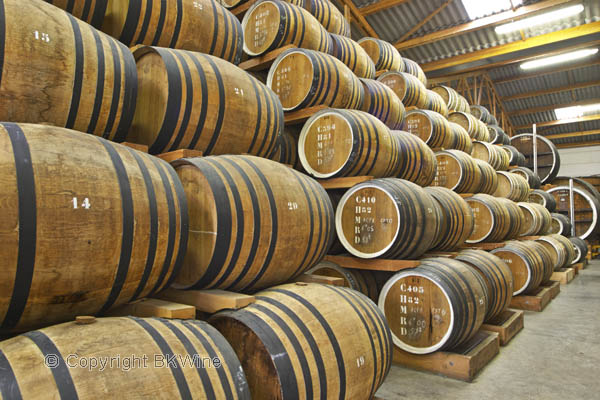
After the aging comes what Vincent believes is perhaps the most important step to make a complex calvados, the blending. Or as Vincent puts it: – To make a good blend is like painting, sure, you can paint a painting with only one colour, but you need to spice up a young spirit with some older components. And our oldest versions benefit from a dash of what my grandfather distilled and that has been in barrel for over 60 years. By itself this is almost undrinkable (woody!), but it adds a little something extra.
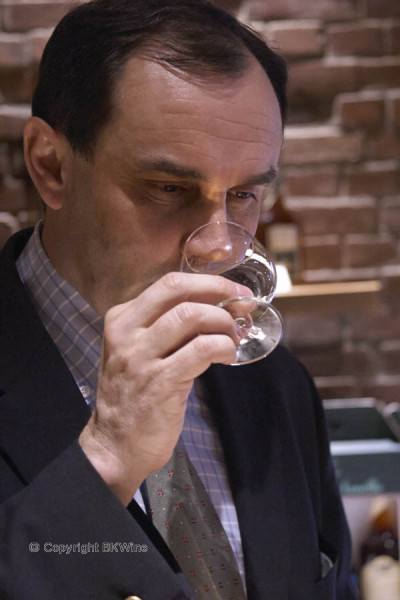
A really good calvados!
So what is then a really good Calvados? Personally, I appreciate the versions that taste primarily of fruit and apples.
Too long barrel aging can make give too much character from the wood which makes it difficult to recognise that the drink is actually made from apple. So now to the tasting.
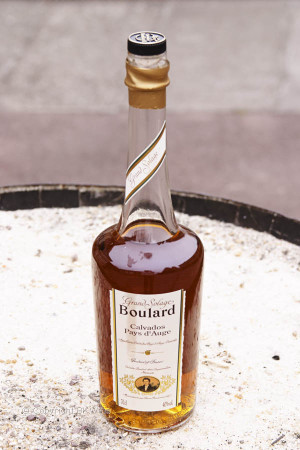
Boulard Calvados Grand Solage
Colour: Amber
Nose: Big, young, with vanilla notes, fruity, fresh apple and almond
Flavor: quite full-bodied, with fruit, fresh apples, vanilla, almond and alcohol, average age 3-5 years.
40% alc. 78p.
Boulard Calvados V.S.O.P
Colour: Amber
Nose: Big, ripe apples, nuts and cocoa
Taste: Rich, ripe apple, a touch of saffron, barrel notes, length, average age 5-6 years.
40% alc. 81P.
Boulard Calvados X.O
Colour: Mahogany
Nose: Big, spicy, nutmeg, black pepper, applesauce, cocoa, a bit toasted
Taste: Full-bodied, soft, concentrated apple sauce, vanilla, black pepper, pear, quite fruity, long, average age 8-15 years.
40% alc. 86p.
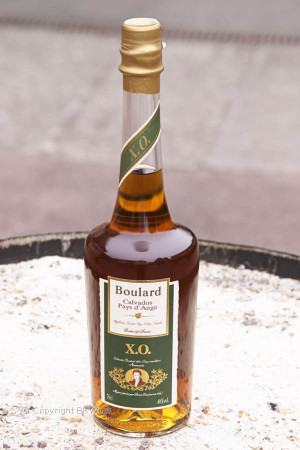
Boulard Calvados XO Auguste
Designed to celebrate that Boulard been led by the same family for over 170 years. Currently the fifth generation, Vincent Boulard, is safeguarding traditions and renewing the business. Along with the cellar master Richard Prével he has developed the XO Auguste to honour the founder Pierre -August Boulard.
Color: Mahogany,
Nose: Big, ripe, fruity, sweet apple sauce, toasted hazelnuts, vanilla and barrel,
Taste: Full-bodied, soft, viscous and oily, ripe apple, cinnamon, nutmeg, nougat, long and retaining the fruit, average age 20-30 years.
40% alc. 90p.
Boulard Pommeau de Normandie
Pommeau is an aperitif “wine” made from apple juice to which young calvados has been added.
Color: Amber
Nose: Young, sweet, appley, apple juice and vanilla
Taste: Young, sweet, appley, caramel and bonbons, average age 18 months. Low point since I found it too sweet, but if it had been served chilled I would probably have appreciated it more.
17.5% alc. 73p.
Boulard Cidre de Normandie Brut
Color: Light yellow,
Nose: Young, sweet-and-sour and appley
Flavour: young, medium-bodied, semi-dry, appley and some acidity.
4.5 % alc. 76P.
Roland Eriksson writes on BKWine Magazine on wine tastings with wine merchants and importers in Sweden. Roland is the author of a book on cognac (A Handbook: Cognac, 2007, published in Swedish) and one on rum as well as one on tea.
[box type=”info” style=”rounded” border=”full”]
The Calvados region is in the beautiful and luscious Normandy in western France. You will discover calvados, but also the cheeses and the gastronomy. BKWine has organised gastronomy tours to the calvados region. Visit BKWineTours.com.
Travel with the experts on wine and the wine tour specialist.
[/box]
